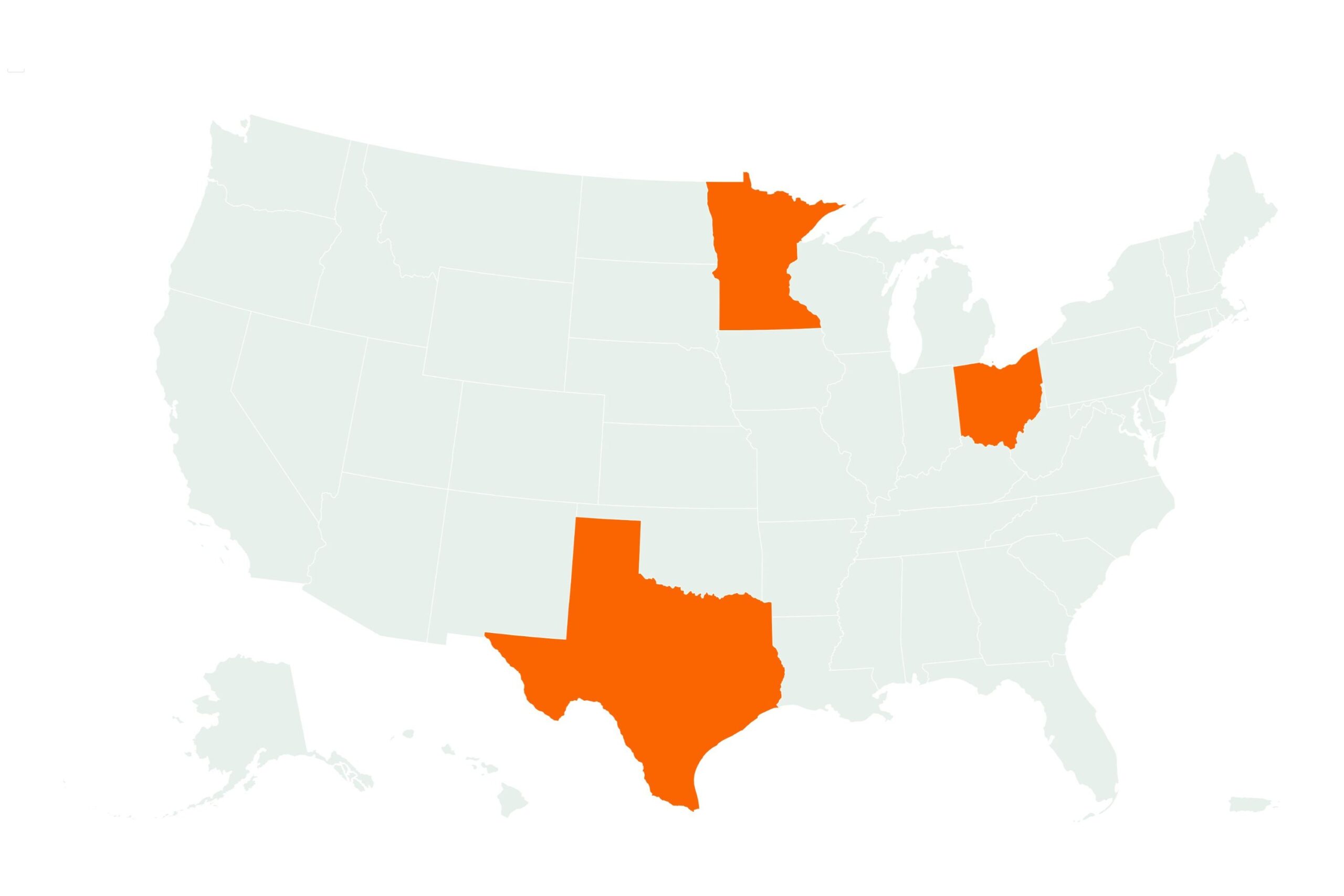
Residents in Ohio, Minnesota, and Texas have been urged to limit outdoor activities as air-quality advisories were issued across multiple regions in all three states.
Why It Matters
Officials cited ground-level ozone pollution as the cause of these alerts, warning that conditions may pose health risks, especially to sensitive groups including children, the elderly, and people with respiratory or heart conditions.
What To Know
In Ohio, an air-quality advisory for ground-level ozone advisory would be in effect until midnight Monday night for Ashtabula, Cuyahoga, Geauga, Lake, Lorain, Medina, Portage and Summit Counties. Cities affected included, but were not limited to, Cleveland, Akron, Mentor, and Brunswick.
“Air quality levels will be unhealthy for sensitive groups during this period. If you are in the sensitive groups category of children, the elderly and those with breathing difficulties, please monitor your outdoor activity,” read an alert published by the National Weather Service (NWS).
In Minnesota, the Pollution Control Agency issued alerts for areas including southwest, central, and northwest regions. Cities such as Minneapolis, St. Paul, Mankato, and Worthington are among those affected.
Air quality was also expected to reach levels unhealthy for sensitive groups.
“Mostly sunny skies, warm temperatures, and low humidity will create an environment favorable for two types of pollutants (Volatile Organic Compounds and Nitrogen Oxides) to react in the air to produce ground-level ozone,” the alert read.
It added that the highest ozone levels are expected in the afternoon and early evening, when sunlight and temperatures peak. Lower concentrations are forecast for the morning, late evening, and overnight hours.
Additional alerts may be issued Tuesday afternoon if sunny and warm conditions continue, the alert said.
In Texas, the Texas Commission on Environmental Quality (TCEQ) declared Ozone Action Days for the San Antonio, Austin, Houston, Galveston, Dallas, and Fort Worth areas.
Those in affected areas were advised to take actions such as ride sharing, walking, biking, avoiding drive-through lanes, and conserving energy in order to help prevent ozone pollution.
What People Are Saying
AccuWeather meteorologist Brandon Buckingham previously told Newsweek: “Ozone is a secondary pollutant, meaning it’s not emitted directly from sources but is formed through chemical reactions. These reactions require sunlight and higher temperatures, making warmer months more prone to ozone formation. When air is stagnant, pollutants don’t get dispersed, allowing ozone to build up to unhealthy levels.
“Ozone pollution is often more severe in urban areas where there are higher concentrations of pollutants from sources like cars, power plants, and industrial activities.”
Professor of pediatric respiratory and environmental medicine Jonathan Grigg, with Queen Mary, University of London, previously told Newsweek: “There are vulnerable groups and classically they are children because they’ve got an extra issue to do with their lungs developing, whereas our lungs are not developing as adults.
“Their trajectory can be deviated so they don’t actually achieve their maximum lung function.”
There are also “very clear links” between inhaling particles and earlier death from both respiratory and cardiovascular diseases, Grigg said.
Additionally, he added that conditions such as asthma are also exacerbated by exposure to air pollution.
What Happens Next
Should high-ozone conditions persist, additional alerts may be issued. Organizations such as the NWS issue regular forecast updates.




